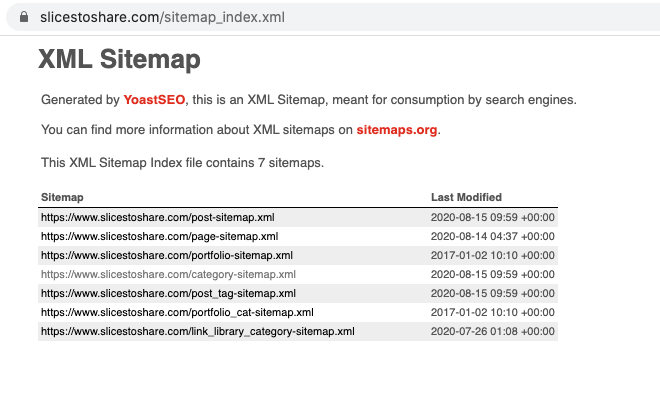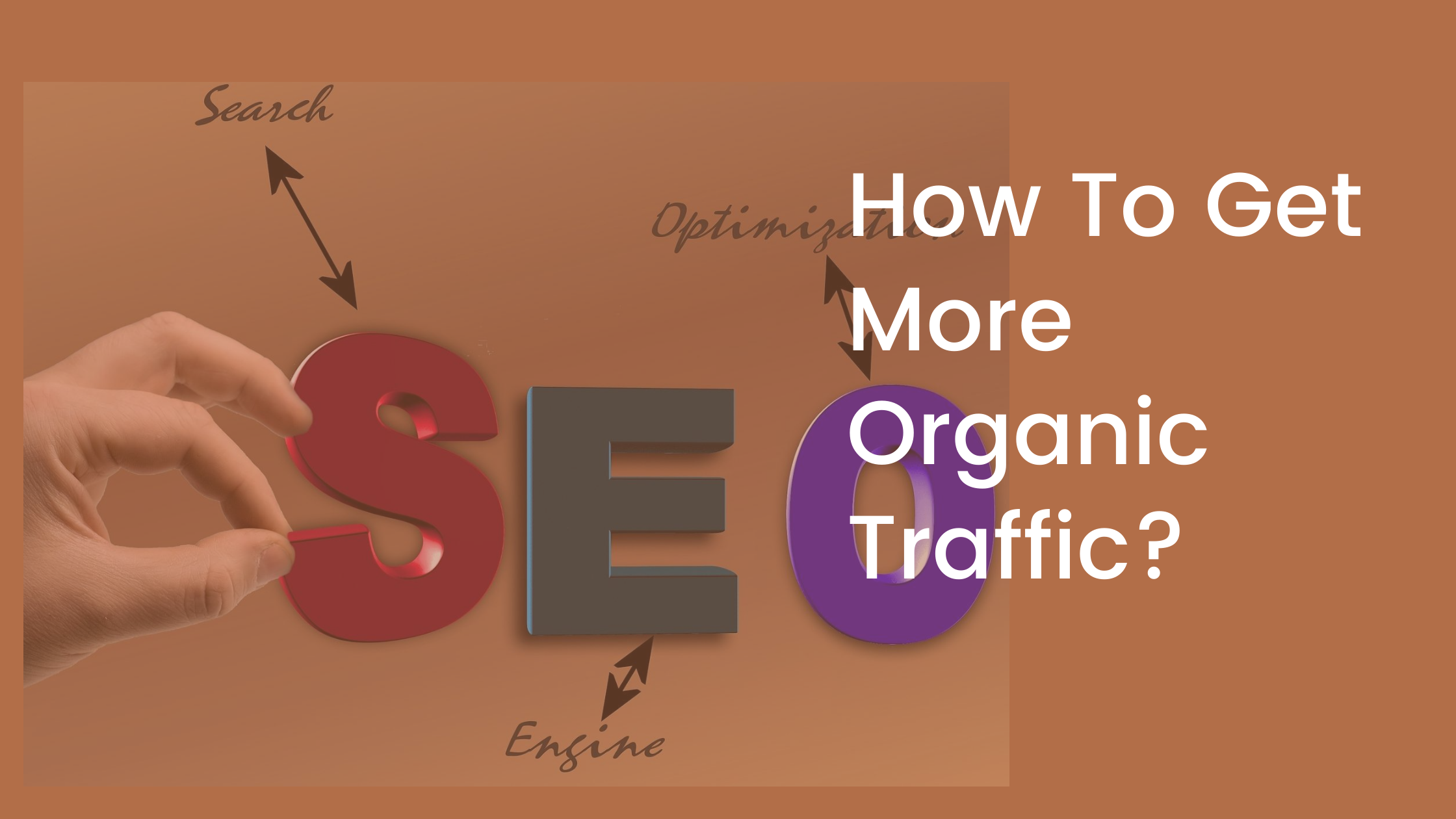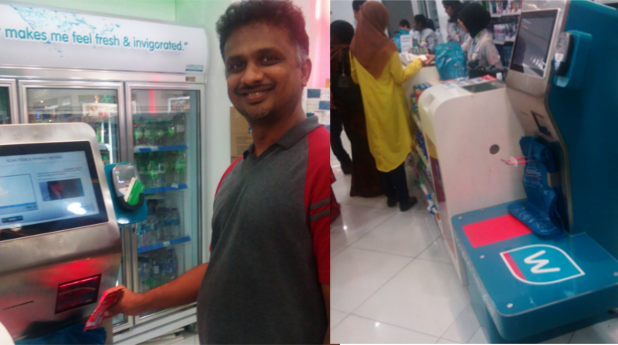SEO Checklist to Get More Organic Traffic
Organic traffic is the opposite of paid traffic where visitors come to your website from a search engine’s organic results. The main free, organic traffic is Google search and SEO – search engine optimization can make your web page come up on Google’s first page! The SEO Checklist discussed here helps to grow organic traffic and there are lots to find out when it comes to SEO audit.
From keyword research to on-page SEO, technical SEO, link building, and more. So instead of trying to tackle all of them, this SEO checklist guides and assists you to stay organized, optimized, and sane.
Use the links given below to navigate this SEO Check List
✔️ Robots.txt
✔️ Google Analytics
✔️ Google Search Console
✔️ Keywords
✔️ URL
✔️ Links
✔️ Topic headlines
✔️ Informative content
✔️ Backlinks
✔️ Promoting
✔️ Page speed
✔️ Mobile friendly
✔️ Broken Links
✔️ Local SEO
✔️ Voice Search
Sitemap
The first thing you ought to do is create a sitemap. Sitemaps tell search engines where to seek out important content on your site so that they can easily crawl and index your pages.
Here’s what the sitemap for my blog appears like, https://www.slicestoshare.com/sitemap_index.xml
which was created automatically using the Yoast SEO plugin.

Now, if you do not use WordPress or Yoast there are a lot of free sitemap generators which you’ll be able to find online.
Robots.txt file
The next thing to check is the presence of robots.txt file. A robots.txt file is very important because it gives instructions to search engines on where they can and can’t crawl on your site. If you want to hide or lock away certain pages, this is the place you can handle that. While, Google obeys robots.txt, not all search engines do.
If you’re unsure if you’ve got a robots.txt file, you can verify by visiting the link yourdomain.com/robots.txt. If you see a clear computer file like this, then you’re good to go. If not, then then you need to ask your web developer to make one and add it to the website.

Google Analytics
The next step is to set up Google Analytics and Google Search Console. Google Analytics (GA) is one of the most powerful free traffic analytics tools. Analytics can offer you insightful data on how your visitors interact with your website.
For SEO, you’ll be able to monitor
- How much traffic you’re getting to your pages
- Which pages are getting the most organic traffic
- What’s the bounce rate
- Where do your visitors live
- What blog content do your visitors like the most
- Which social media platform your website gets traffic from
As a value-added service, I always set up Google Analytics for my clients for free.
Google Search Console
Search Console is a free tool provided by Google to website owners and SEOs. Similar to Google Analytics, you will get tons of useful data about your search engine rankings and traffic.
- Discover which keywords and pages give you the most clicks
- Check your rankings and get keyword ideas
- Check if your site has any crawl errors
- Monitor malware or spam issues
- Submit a sitemap or ask for recrawls
It is very helpful to know, for which keyword queries your site is appearing in search results, and based on that you can plan your content marketing strategies.
Keywords based on search intent
To grow in search rankings, you have to optimize your content to the search intent as best as you can. Find potential customer intents (related to what you offer) and focus on it.
Good keyword research will allow you to discover keywords your potential customers are already using to look for products or services you offer. To learn more about the searcher intent behind a keyword, just Google it and check out the results that show up.
If you want to rank in Google in 2020, your site needs to be the most relevant result for the query. First and foremost, that means creating content that aligns with a primary keyword target.
Search intent basically means the explanation – the “WHY” behind the searcher’s query. And Google is absolutely good at helping you do this. The first place you’ll look at is Google’s autocomplete. Just type your primary keyword in Google’s search bar and observe other relevant search queries. One another place to look for is “people also ask” section.
If you’ve done all of those research, then you will gain a solid idea of what your content should be about, and also the questions you must address throughout your content.
Shorter SEO friendly URL
Having simple, relevant, compelling, and accurate URLs is one of the keys to ranking well. The pages with shorter URLs rank better than those with long URLs. Just by reading the URL the search engines and the visitors will be able to understand what that page is about.
Adding Links
The next thing you should do is add links to relevant internal and external resources.
An internal link is any link from one page on your website to another page on your website. An external link is any link from your website to another website which is also called outbound links.
Search Bots follow links to discover content on websites and to rank this content in the search results. If a post or page gets a lot of links this is a signal to Search Engines that it’s an important or high-value article. This applies to both internal as well as external links.
Internal linking is something you control as a site owner. With the right internal links, you’ll guide your visitors and Google to your most important pages.
You don’t have to overdo when linking internal pages. Few well-placed internal links can be very effective and can often make a big difference.
When it comes to outbound links it helps in general, your customer, your visitor, and also search engines to connect with other sites of related topics. Creating external links brings reliability for both yourself and the other websites which you are linking to. Same as internal links it is not advisable to overdo outbound links too.
Apart from internal and external links another type of links that are called Backlinks are the links your website got from other websites. Backlinks tell the search engines that your website content is credible and valuable. Backlinks play a major part in Google ranking.
It is generally good to get 100 links from 100 different websites than 1,000 backlinks from the same website. Please check this article from Neil Patel – SEO Expert to find how to build backlinks when you have a new website
Choosing Topic
Powerful headlines matter as much as your article content. The most important thing about the title is that it should entice a click. After all, clicks translate into traffic.
Compelling, clickable headlines have a higher chance to be shared and drive more traffic. Brainstorm possible keywords to be in the title that resonates with the reader and a solution to the user’s problem.
Good headlines set the right expectations of the reader. Good to have a minimum of 75 characters in your headlines. Next, ensure you have a compelling title tag and meta description which include your target keyword in.
Readability
Next, focus on readability. Readability tells you how easy it is to read the paragraph. It can greatly help in your site rankings.
Readability can be looked at in two categories. One is visual comprehension. When a reader lands on your page the first thing they’re going to process is how your page looks. And if they land on a big paragraph of text in 8pt font, they’ll likely get bored and leave. Instead, breaking your content into sub-topics, and writing in short sentences and short paragraphs improves readability.
Other visual effects you can add are images. Putting effort into creating or finding images will enhance the reader’s experience.
There are many tools available to check your readability score. Please check my Free Tools Link Library and explore other SEO tools listed there.
Good Content
Great content is content that solves a user’s problem and answers the questions that might come to mind as they’re reading.
It’s good to have one page that is super in-depth than it is to have multiple pages on the same topic.
If you manage to create quality content with a good readability score, you will see an improvement in these specific areas of your SEO scores:
- Time on page
- Exit rate
- Bounce rate
- Social sharing rate
- Conversion rate
- Total number of sessions
All of this information can be tracked with Google Analytics.
Promoting your content
Next comes promoting the valuable content you created. Most companies fail at promoting their content. You need to find the right channel where your target audience is and consistently post and promote your content. There are many paid promotions possible if your budget allows.
Check this article which tells 101 Effective Ways to Promote Your Content in 2020
Page Speed
Page Speed is the amount of time that it takes for a webpage to load. Slow-loading pages are a big drawback when it comes to SEO. Google has said that page speed is a ranking factor. It is good to have a page speed within 2 to 4 seconds.
Again there are many tools like Pingdom, GtMetrix, or Google Pagespeed Insights, to measure the speed of a single page and do the necessary corrections or suggestions offered by these tools to speed up your page load.
Mobile Friendly
Next, we should make sure that your website is mobile-friendly because more than half of all global web traffic comes from mobile devices. Websites that are mobile-friendly normally outrank non-mobile-friendly sites in search results.
Google keeps mobile page load speed as a key metric when determining your website’s search ranking. Google has a “mobile-friendly test” tool that anyone can use to test their site for mobile-friendly.
Broken Links
Next, you have to make sure there are no broken links either internal or external. If someone clicks on a link and it no longer works or you see a 404-page error or similar message appears saying that the webpage is not available, then that’s broken link. Broken links bring down your business and site reputation.
If your site is a small one, broken links can be checked by using the chrome extension manually with “Check My Links” reviewing each page of your site.
If your site is large, it is good to use a paid version tool that “Ahrefs” offers. Since every site will have different technical SEO issues, I recommend using a tool to help you identify these issues and then tackle them one by one.
Local SEO
Any small or medium company can grow their business and attract more customers using local SEO strategies. The first step is to set up your Google My Business Profile. This is the most important step in Local SEO because Google gives it huge visibility in the search results. I have personally seen huge improvements using this trick for many of my clients. According to Google, 46% of searches have a ‘local intent’.
Always ensure NAP (name, address, phone number) consistency across all profiles or Google will push you further down in the search results.
Also, positive reviews are the primary factor that drives discoverability and rank in Google My Business and other platforms like Yelp, Tripadvisor, Facebook, etc. To get more reviews, start by asking your customers how they found out about your business so you can request them to leave a review. This helps to gain trust from your new customers.
Voice Search
With the increase in the use of digital assistants, optimizing for voice search is highly important for SEO success.
As Google continues improving its algorithm, the user experience will become more intuitive and smooth. Artificial intelligence is the technology behind the voice search engines, and it becomes smarter with every conversation. More than half of the queries is Voice Search Queries.
Question phrases and natural language phrases are more likely to be voice search phrases. Create your content in such a way that it answers questions. With that user’s local intent in mind, you need to get the keywords right.
You can gain a lot more business by getting your keywords right. Example, “near me” in your title tags, meta description, internal links, anchor text, and other phrases people use to describe your neighborhood. Creating a FAQ page too will work best for voice search.
Also, make sure (schema mark-up) structured data is integrated into the backend of your website. When we do other strategies discussed here like, google local SEO, page speed automatically those help with voice search too.
Conclusion
By checking all the points given in this SEO Checklist, you can quickly run a site-wise health check and I am sure, this you will help you to take your site SEO audit to the next level in optimizing for Search Engines. For auditing individual page SEO please go through my article on On-Page SEO.





Great article. I learn new information from your article about the SEO checklist to get more organic traffic, you are doing a great job! keep it up.